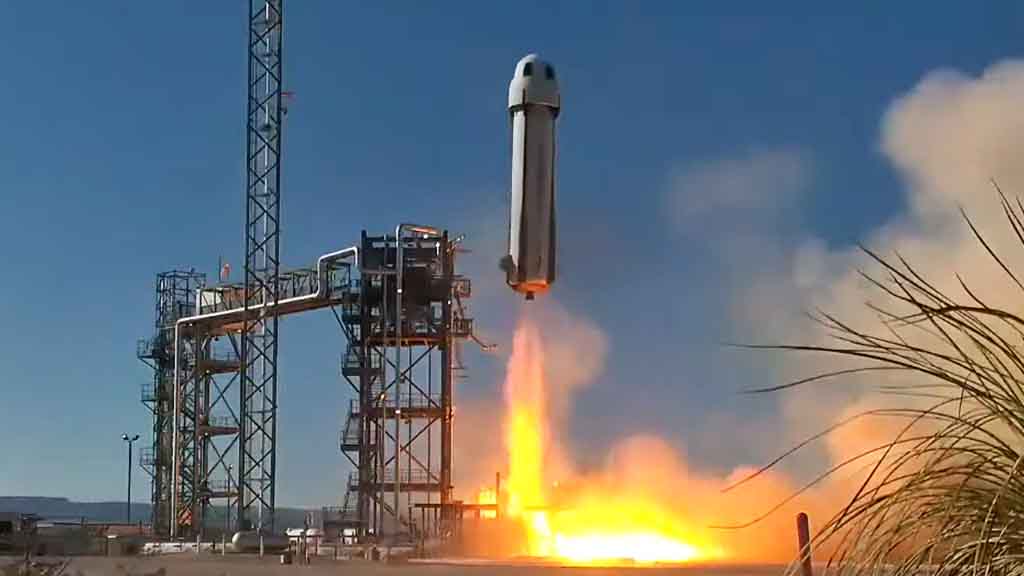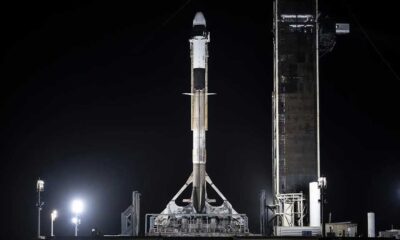Blue Origin
Blue Origin launches NS-27 mission to improve human passenger capacity

Blue Origin has launched the New Shepard 27 (NS-27) mission carrying an important payload to improve human passenger capacity and flight stability. Prior to this, the company scrubbed two launch opportunities on October 7 and 13.
Prior to liftoff, the Blue Origin team went through final checks for this uncrewed verification flight. This flight debuts the second human-rated vehicle to expand passenger capacity and meet the growing customer demand to experience space.
The crew capsule, named RSS Karman Line, carries technologies to improve the vehicle’s performance and reusability. It has an updated livery and accommodations for payloads on the booster.
There are 12 payloads installed into the rocket including five on the booster and seven inside the crew capsule.
New navigation systems were developed for New Shepard and New Glenn. There are two different LiDAR sensors for the Lunar Permanence program, ultra-wideband proximity operations sensors flying as part of a NASA TechFlights grant with Blue Origin’s Space Systems Development group.
A commercial payload that is a reproduction of black monoliths from 2001: A Space Odyssey. The monoliths are flying on behalf of Spacemanic for a special edition by Croatian publisher Amaranthine Books.
The payload also includes tens of thousands of student-designed postcards on behalf of Club for the Future, Blue Origin’s STEAM-focused nonprofit.
The mission is designed to inspire and mobilize future generations to pursue careers in science, technology, engineering, arts, and math. Founded in 2019, the organization has gathered more than 43 million students globally.
Capsule touchdown. Congrats to Team Blue on today’s successful mission. #NS27
— Blue Origin (@blueorigin) October 23, 2024










